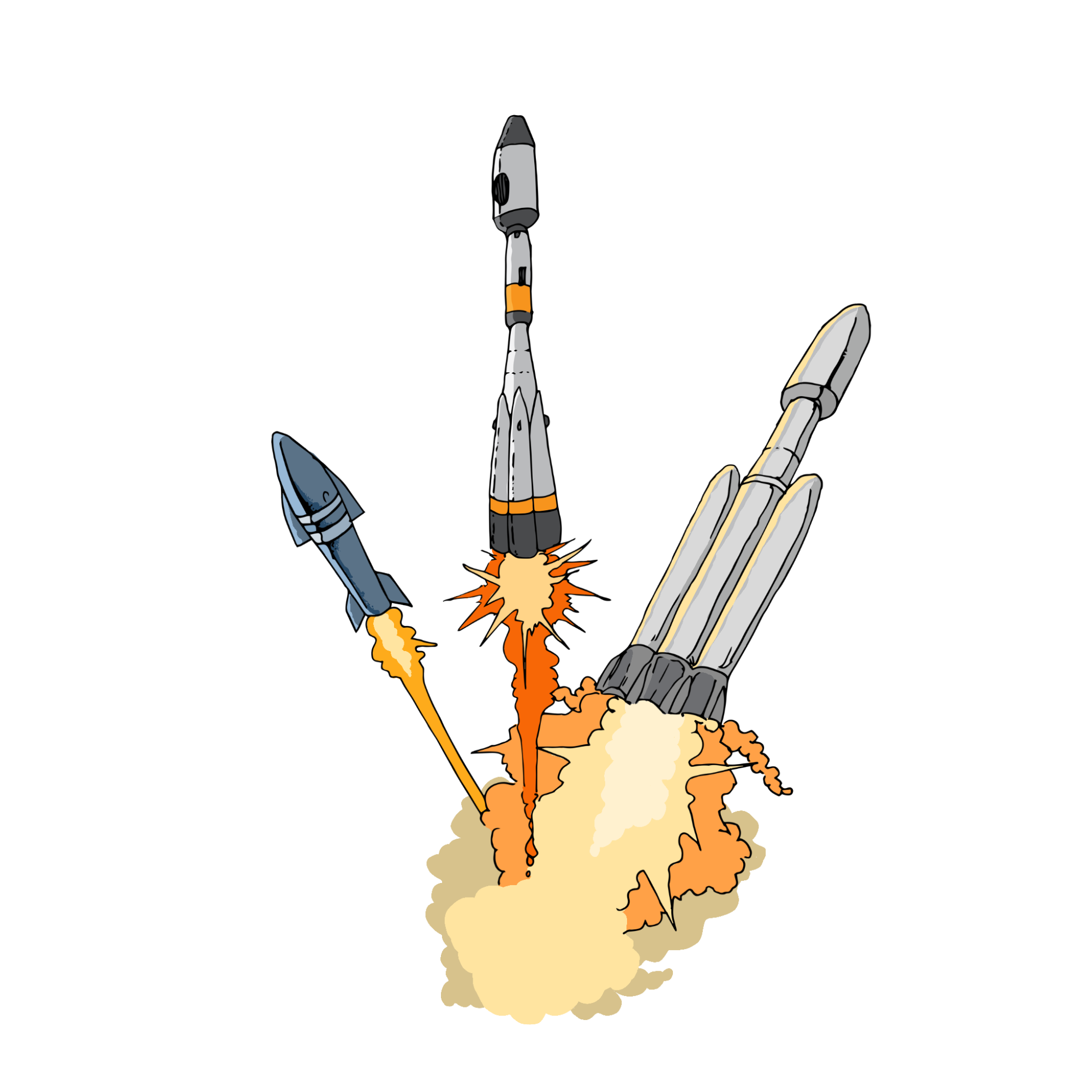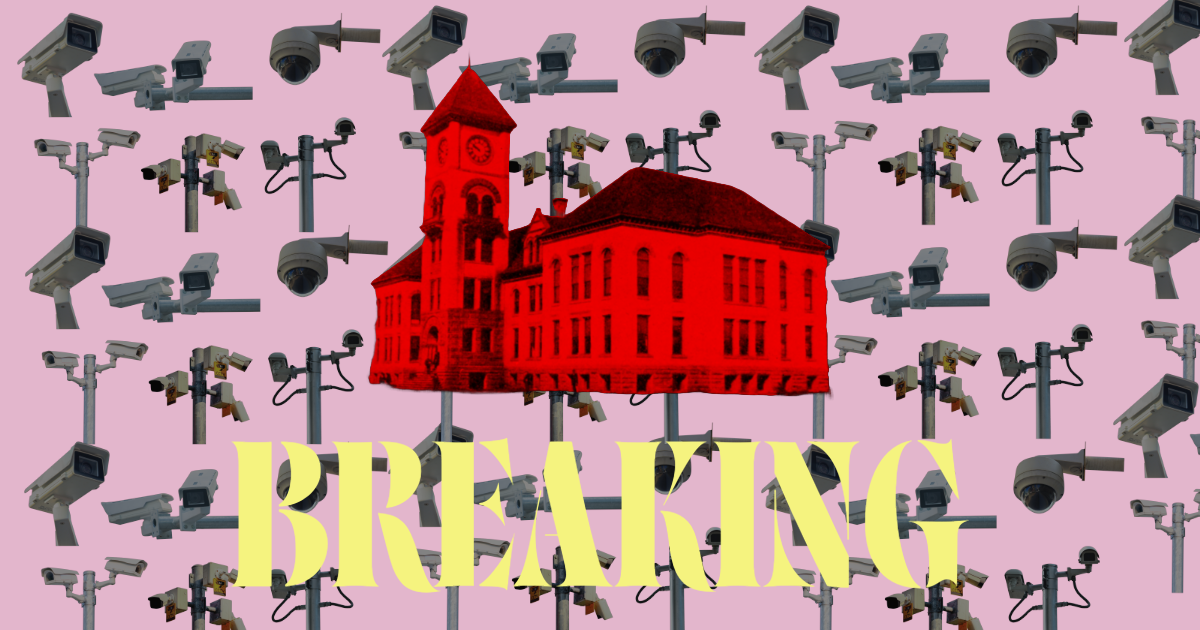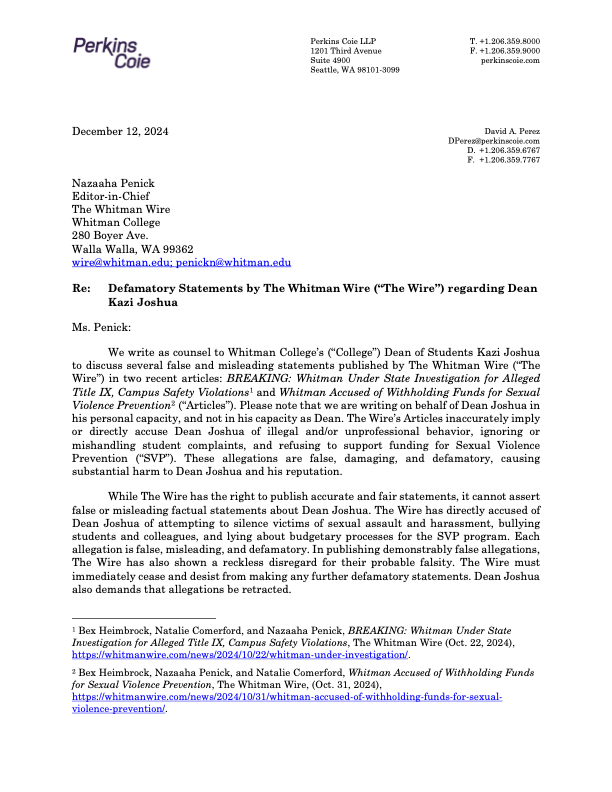
On Jan. 19, Japan Aerospace Exploration Agency’s (JAXA) “Moon Sniper” mission culminated in a “soft landing” on the moon’s surface. This feat was repeated a few weeks later by NASA’s Odysseus, the first time the United States has landed on the moon since 1972; it was the first private spacecraft to land on the moon.
The successful landings come on the heels of a failed attempt by Roscosmos, the Russian space agency, who stated that they now think Luna 25 slammed into the moon after losing contact with the lander.
Although “Moon Sniper” successfully landed on the moon, JAXA said its solar panels are no longer generating electricity and it is relying on finite backup power to perform essential functions like communicating with Earth.
Exploration and investigation on the surface of the moon do not end here. Soft landing is a challenge because the surface of the moon is uneven and finding a flat landing zone is extremely difficult, according to reporting by CNN.
According to NPR, on Feb. 22, 2024 the robotic probe Odysseus successfully made landfall close to the lunar south pole, marking the United States first lunar landing in over 50 years with the landing of a commercial mission on the moon.
Although Odysseus landed successfully, there were some unexpected incidents that made this event more challenging. Odysseus was unable to activate a laser device that would have allowed it to safely land on the moon while it was in orbit.
“After another communications delay, the officials had reestablished contact with the spacecraft,” said Tim Crain, the IM-1 mission director. Although the spacecraft succeeded in landing, it fell over on the lunar surface and is currently oriented sideways.
The recent landings mark a trend in greater interest in the commercialization of space. A rocket carrying about 60 communication satellites was launched on Wednesday morning by the for-profit corporation SpaceX.
Ekaterina Vieialtsina is a sophomore Astronomy-Geology major. She explains the only problem is not just about space traffic but also space junk and debris.
“There was a close call in 2009 when a collision between two satellites (Kosmos-Iridium) occurred and resulted in the creation of a lot of debris moving at very large speeds (more than 20,000 mph). Various maneuvers had to be performed to avoid further collisions of spacecraft including the ISS. If it happened in the past it should be considered to be a hazard for the present and future,” Vieialtsina said.
Vieialtsina also explained the theory of Kessler Syndrome. This theory suggests that at one point there is going to be so much debris in the Earth’s orbit that launching more spacecraft will be extremely hazardous.
“We are still not quite there yet but considering that the amount of satellites is increasing exponentially the possibility of this scenario becoming a reality is not zero,” Vieialtsina said.
Vieialtsina said that there are numerous projects that have already been proposed with the goal of eliminating space trash.
“One example of how this is done is burning space junk in the atmosphere by redirecting its trajectory, but none of them have been executed so far,” Vieialtsina said.
She also highlighted concerns with satellites themselves as polluting lower Earth orbit.
“I saw the Starlink constellation once, and, not going to lie, it was quite impressive but if you think about it, it is quite unnecessary,” Vieialtsina said “Having stable access to the satellite connection and internet is, I guess, good, but the upsetting part is that these kinds of things contribute to the pollution of the orbit.”
She elaborated on this concern by talking about how these types of activities would “complicate observations for ground-based research.” She further stated that the light reflected by satellites ruins long exposure space photography.
In terms of the effect of satellites and how they limit ground-based science, Vieialtsina stated that observations that “do not include visible light are negatively affected by signals transmitted from the orbit.”
“It is possible that if the problem is not resolved shortly, the most effective place to locate more telescopes will be in space,” Vieialtsina said.




